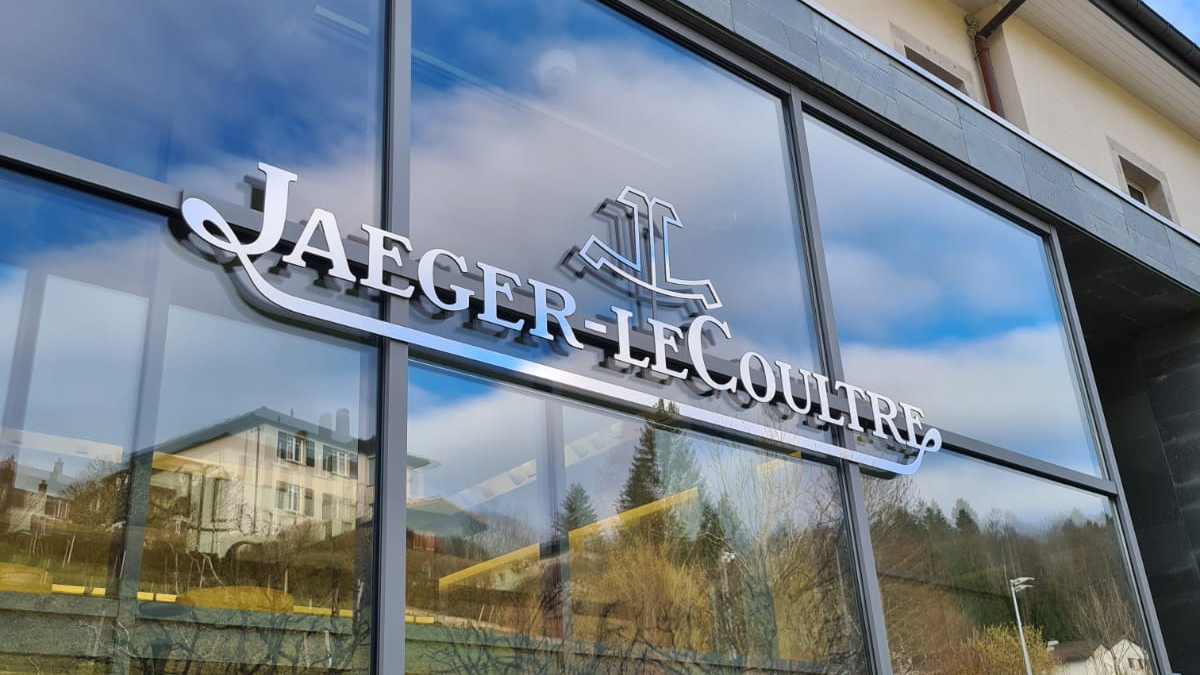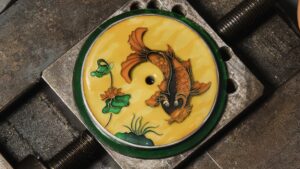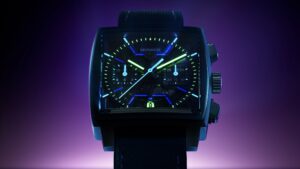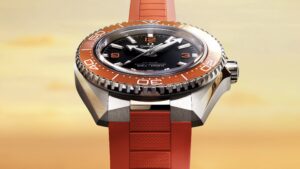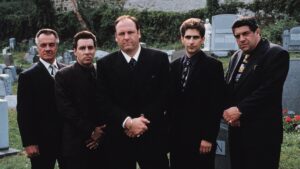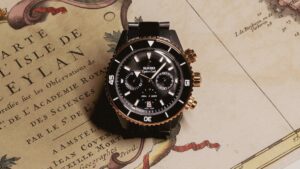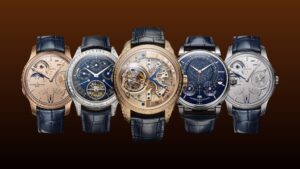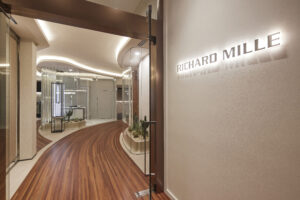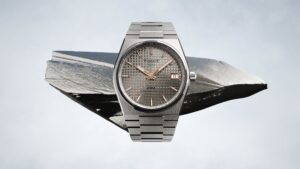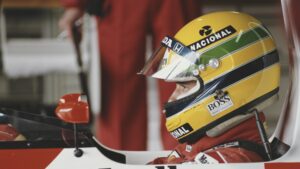The Australian philosopher Peter Singer once said he’ll never understand why anyone would buy, “expensive mechanical watches,” and it’s not an unreasonable perspective to take. I mean, why are some Swiss-made watches so expensive? Well earlier this year, I found the answer during a tour of the famous Jaeger-LeCoultre watchmaking factory.
I was in Geneva to attend the Watches & Wonders show, which is the biggest physical watch event in the world and hosts everyone from Rolex and Patek Philippe to Jaeger-LeCoultre and Cartier. The event is almost unimaginably large, with booths for each brand that span multiple levels, many of them containing their own restaurants, bars and lounges, as well as countless spaces to paw over the endless timepieces.
If you’re even slightly interested in watches or watchmaking, Watches & Wonders truly is a candy store for a kid, as the entire industry gathers to show off its latest creations to retailers, journalists and collectors alike. But as much as it’s about the watches on display, it’s also about the people attending, with the fair serving as a chance to catch up with old friends and make some new ones while you’re at it.

RELATED: The Jaeger-LeCoultre Polaris Date Is Green, But It Might As Well Be Gold
After the best part of a week wandering the palatial halls of Watches & Wonders, it was time for the next leg of my horological journey through Switzerland. Alongside a number of my Australian colleagues and friends, we were about to spend the next two days in the Vallée de Joux, not just the home of Swiss watchmaking, but also the location of the Jaeger-LeCoultre factory.
Our contingent piled into a minibus for the journey over the Jura Mountains, taking in the truly spectacular scenery around us. The weather had been unusually cold for so late in the year, with snow falling on Geneva city during our stay, and sure enough, as we began to climb, so to did the temperature drop and patches of snow appear in the forests around us.

While you might not expect it, snow played an important part in the history of watchmaking in Switzerland over the last couple of hundred years. While nineteenth-century Swiss farmers were able to harvest from the rich soils of the mountain valleys during the summertime, the winter left them with nothing to do, so they turned to watchmaking.
It might sound strange that today, the world’s best watches are created by brands that were established in a climate of watchmaking farmers, but that’s exactly what happened. It’s also why so many brands worked so closely together over the years, and still have deep relationships despite ostensibly being competitors.

Audemars Piguet, Jaeger-LeCoultre, Breguet, Blancpain and others were all established within a few kilometres of each other, which saw them working closely together to provide one another with movements, cases and other components. In fact, during our visit to the Jaeger-LeCoultre factory, we were lucky enough to stay in the Audemars Piguet-operated Hôtel des Horlogers, despite it not yet being open to the public. It’s not what you know, as they say.
On the morning of our tour of the Jaeger-LeCoultre factory, we began with a visit to the archives to see some of the earliest timepieces created by the brand, as well as enjoy a glimpse into the order books which featured names such as Vacheron Constantin and Patek Philippe. Jaeger-LeCoultre enjoys the nickname of “the watchmaker’s watchmaker,” in reference to the huge number of other brands they manufactured movements for.

Leaving the past behind us, we stepped into the present moment of the modern factory floor. While the factory has expanded from the original Atelier that Antoine LeCoultre established nearly 200 years ago, it remains in the same location and houses no less than 180 different watchmaking skill sets under one roof. In fact, it’s one of the only watchmakers in the world that continues to manufacture everything in-house.
If you’ve made it this far and are still wondering why Swiss watches cost so much money, this is your answer: Jaeger-LeCoultre watches are much more handmade than you’d expect. In an era of mass-produced everything, where production lines are pumping all day without human intervention, it’s a truly special thing to find something that was created with care, expertise and creativity in the pursuit of handcrafted perfection.

For example, while some of the large pieces of the movement are milled in multi-axis CNC machines, almost all of the thousands of other components still require a human hand to cut or press them into the correct shape. And that’s before the components need to be decorated, with experts in their respective areas of decoration meticulously applying Cotes de Geneve, perlage and black polish with the aid of a microscope.
After visiting the areas of the factory dedicated to manufacturing the main internal components, we visited the department of handcraft experts, with master engravers, gem setters and enamellers all in the same room. The decades and decades of experience required to arrive at this level of skill would frighten off many prospective artisans, but those at Jaeger-LeCoultre are truly some of the very best in the world.

Such is the level of skill that clients will be able to work closely with the different artisans to realise their own designs, either in near-photorealistic engravings or richly coloured works of enamelled art. What is admirable about this department is that without Jaeger-LeCoultre integrating these skills and techniques into its watchmaking, many of these methods would be otherwise lost to history.
The next stop on our tour of the Jaeger-LeCoultre factory was the complications department, an area that does exactly what it says on the tin: make complicated watches. When I say complicated, I mean really, really complicated, inventing wonders like the Calibre 185 with 800 components, the Calibre 184 with 1050 different parts and many others.

As an idea of just how technically sophisticated Jaeger-LeCoultre is as a watchmaker, it has more than 430 registered patents and 1,300 unique calibres. This means not only is the factory producing watches for clients today, but it’s also researching and developing watchmaking technologies for the future every day.
Once our tour of the factory concluded, we were offered a taste of watchmaking at Jaeger-LeCoultre, with a session that had us attempting to assemble a Reverso watch case. The iconic rectangular timepiece might look simple, but its spider-thread-like rubber gasket and a quartet of miniature screws were a genuine challenge to put together.

After 40 minutes or so of working slowly to screw the pieces of the case together, one of us asked how long it would take an experienced Jaeger-LeCoultre watchmaker to assemble the Reverso case. Our instructor gave us a grin before replying.
“We sometimes need to remind them to slow down, because we don’t want any cases to be accidentally scratched during the assembly process. But for most of them, it wouldn’t take longer than a minute.”
Mindblowing stuff.
So while Peter Singer might turn his nose up at mechanical timepieces that, “don’t actually work as well as a $50 or $100 quartz watch,” it’s because he fails to understand the motivating force behind watchmakers like Jaeger-LeCoultre. The value of an artwork isn’t in the paint or the canvas, but in how well the artist’s intent is executed.
The same is true of a watch: it’s mechanical art.
